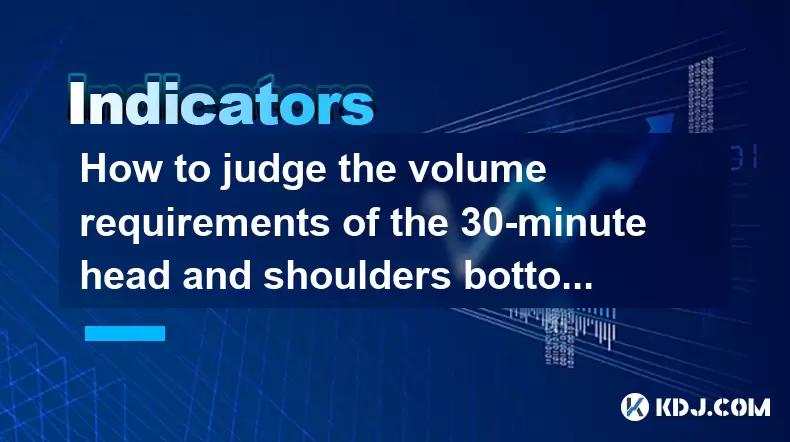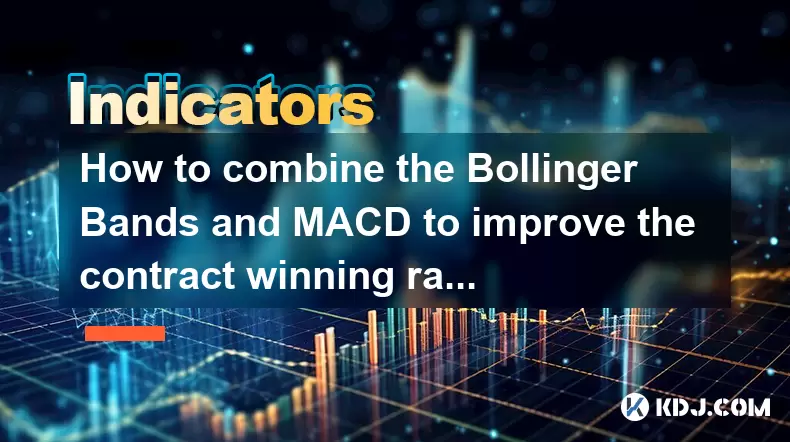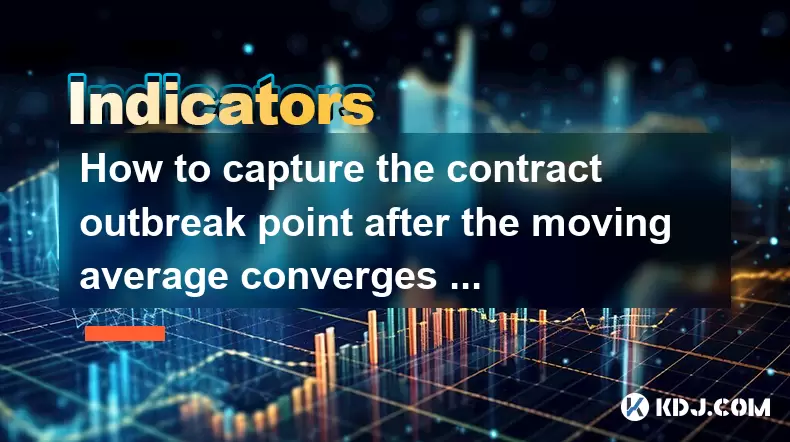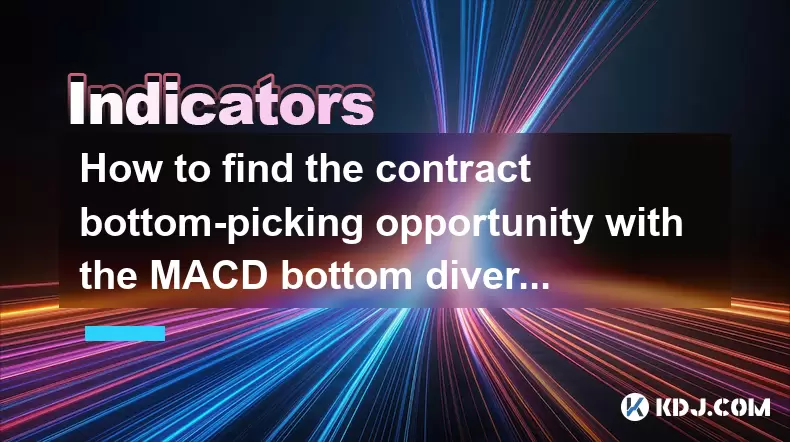-
 Bitcoin
Bitcoin $106,754.6083
1.33% -
 Ethereum
Ethereum $2,625.8249
3.80% -
 Tether USDt
Tether USDt $1.0001
-0.03% -
 XRP
XRP $2.1891
1.67% -
 BNB
BNB $654.5220
0.66% -
 Solana
Solana $156.9428
7.28% -
 USDC
USDC $0.9998
0.00% -
 Dogecoin
Dogecoin $0.1780
1.14% -
 TRON
TRON $0.2706
-0.16% -
 Cardano
Cardano $0.6470
2.77% -
 Hyperliquid
Hyperliquid $44.6467
10.24% -
 Sui
Sui $3.1128
3.86% -
 Bitcoin Cash
Bitcoin Cash $455.7646
3.00% -
 Chainlink
Chainlink $13.6858
4.08% -
 UNUS SED LEO
UNUS SED LEO $9.2682
0.21% -
 Avalanche
Avalanche $19.7433
3.79% -
 Stellar
Stellar $0.2616
1.64% -
 Toncoin
Toncoin $3.0222
2.19% -
 Shiba Inu
Shiba Inu $0.0...01220
1.49% -
 Hedera
Hedera $0.1580
2.75% -
 Litecoin
Litecoin $87.4964
2.29% -
 Polkadot
Polkadot $3.8958
3.05% -
 Ethena USDe
Ethena USDe $1.0000
-0.04% -
 Monero
Monero $317.2263
0.26% -
 Bitget Token
Bitget Token $4.5985
1.68% -
 Dai
Dai $0.9999
0.00% -
 Pepe
Pepe $0.0...01140
2.44% -
 Uniswap
Uniswap $7.6065
5.29% -
 Pi
Pi $0.6042
-2.00% -
 Aave
Aave $289.6343
6.02%
How to judge the volume requirements of the 30-minute head and shoulders bottom pattern?
The 30-minute head and shoulders bottom pattern, confirmed by rising volume during the neckline breakout, signals a bullish reversal in short-term downtrends.
Jun 18, 2025 at 01:28 pm

Understanding the 30-Minute Head and Shoulders Bottom Pattern
The head and shoulders bottom pattern, also known as the inverse head and shoulders, is a reversal pattern that signals a potential shift from a downtrend to an uptrend. When this formation appears on a 30-minute chart, it often reflects short-term market sentiment rather than long-term trends. Traders use this pattern to anticipate price reversals and make timely entries.
Volume plays a crucial role in validating the authenticity of this pattern. A proper head and shoulders bottom should exhibit specific volume characteristics throughout its formation — particularly during the left shoulder, head, right shoulder, and neckline breakout phases.
Volume Behavior During Left Shoulder Formation
In the left shoulder phase, which marks the final leg of the ongoing downtrend, volume typically remains relatively high or average. This indicates continued selling pressure. However, as the price begins to rebound from the left shoulder low, volume should start to diminish compared to earlier bearish moves. This decline in volume suggests weakening momentum among sellers.
- Observe whether the volume bars decrease during the bounce after the left shoulder.
- Compare these volume levels with those seen during the prior downtrend.
- Look for signs that buying interest starts to emerge, albeit cautiously.
This early stage sets the foundation for evaluating how strong the upcoming reversal might be.
Volume Characteristics at the Head Formation
The head represents the lowest point of the pattern and usually comes with a noticeable spike in volume. This occurs because the last wave of bears pushes the price lower, triggering panic selling or automated stop-loss executions.
- A significant increase in volume during the formation of the head supports the idea that a capitulation event is occurring.
- However, if the volume does not rise significantly during the head, it may indicate weak selling pressure and potentially foreshadow a reversal.
- The subsequent rally from the head should ideally occur on rising volume, signaling early buyer participation.
This phase is critical for confirming that the downtrend is losing steam and that bulls are starting to take control.
Volume Analysis During the Right Shoulder Development
During the right shoulder, the price retraces again but fails to reach the same low as the head. This part of the pattern is where traders assess whether the reversal has real strength.
- Volume during the pullback to form the right shoulder should be noticeably lower than during the head formation.
- As the price begins to rise again from the right shoulder, volume should pick up, indicating growing confidence among buyers.
- If the volume during the right shoulder’s descent remains high, it could signal continued selling pressure and invalidate the pattern.
A well-formed right shoulder with declining volume on the dip increases the likelihood that the pattern will complete successfully.
Evaluating Volume at Neckline Breakout
The neckline breakout is arguably the most important phase in the entire pattern. A valid breakout confirms the completion of the inverse head and shoulders and signals a bullish reversal.
- The breakout should occur on substantially higher volume, ideally surpassing the average volume seen during the pattern's formation.
- If the breakout happens on low volume, it raises concerns about the strength of the move and increases the probability of a false breakout.
- Traders should wait for a clear close above the neckline accompanied by a volume surge before entering long positions.
Some traders also look for a retest of the neckline after the breakout, which ideally happens on lower volume, further confirming that support has been established.
Practical Tips for Measuring Volume Requirements
To effectively judge volume requirements in the 30-minute head and shoulders bottom pattern, traders can follow these practical steps:
- Use a volume oscillator or moving average to compare current volume levels against historical averages.
- Overlay volume indicators like On-Balance Volume (OBV) or Chaikin Money Flow (CMF) to gauge buying and selling pressure.
- Pay attention to candlestick volume patterns — green candles with high volume during rallies suggest strong buying interest.
- Avoid trading the pattern solely based on price action without volume confirmation.
- Combine volume analysis with other technical tools such as Fibonacci retracement or RSI divergence for better accuracy.
These practices help filter out false setups and improve the probability of successful trades.
Frequently Asked Questions
Q: Can the head and shoulders bottom pattern still work if volume doesn't follow the expected pattern?
A: While the pattern may still appear visually, the absence of typical volume behavior reduces its reliability. For instance, if the breakout lacks volume, it may result in a false move upward. Volume acts as a confirmation tool and should not be ignored.
Q: Is the 30-minute head and shoulders pattern suitable for all cryptocurrencies?
A: Yes, it can appear in any cryptocurrency chart; however, higher liquidity coins like Bitcoin or Ethereum tend to produce more reliable patterns due to stronger participation and clearer volume signals.
Q: How do I differentiate between a regular pullback and a forming right shoulder?
A: The key lies in structure and context. A right shoulder forms after a defined head and follows a similar height to the left shoulder. It should not break below the head’s low and must align with the overall pattern structure.
Q: What time frame should I use alongside the 30-minute chart for confirmation?
A: Many traders use a 15-minute chart for entry timing and a 1-hour chart to confirm broader trend alignment. This multi-timeframe approach helps avoid false signals and improves trade execution.
Disclaimer:info@kdj.com
The information provided is not trading advice. kdj.com does not assume any responsibility for any investments made based on the information provided in this article. Cryptocurrencies are highly volatile and it is highly recommended that you invest with caution after thorough research!
If you believe that the content used on this website infringes your copyright, please contact us immediately (info@kdj.com) and we will delete it promptly.
- Shiba Inu, Dogecoin, and XYZVerse: Navigating the Meme Coin Mania in NYC
- 2025-06-19 20:45:12
- Raydium (RAY) Price Pump: Riding the Cryptocurrency Wave
- 2025-06-19 21:05:12
- Solana, BNB, Bitcoin: Decoding the Crypto Crossroads
- 2025-06-19 20:45:12
- MAGACOIN FINANCE: The Altcoin Presale Shaking Up the Meme Coin Market
- 2025-06-19 20:25:12
- Crypto Trader's New Obsession: Little Pepe vs. Shiba Inu – A Meme Coin Face-Off!
- 2025-06-19 21:25:11
- Solana Memecoin Mania: Riding the Wave to All-Time Highs?
- 2025-06-19 20:50:12
Related knowledge

How to combine the Bollinger Bands and MACD to improve the contract winning rate?
Jun 19,2025 at 06:35pm
Understanding Bollinger Bands and MACD IndicatorsTo effectively combine Bollinger Bands and the MACD (Moving Average Convergence Divergence), it's essential to first understand what each indicator represents. Bollinger Bands consist of a middle moving average line and two outer bands that adjust based on market volatility. When prices move toward the up...

How does the long lower shadow of the K line indicate the formation of the bottom of the contract?
Jun 19,2025 at 05:00am
Understanding the Long Lower Shadow in K-Line AnalysisIn cryptocurrency trading, K-line analysis plays a pivotal role in determining market sentiment and potential price reversals. A long lower shadow, also known as a long wick, is one of the most telling candlestick patterns that traders look for when assessing whether a bottom might be forming in a co...

How to capture the contract outbreak point after the moving average converges and diverges?
Jun 19,2025 at 02:07pm
Understanding Moving Average Convergence and Divergence in Crypto TradingIn cryptocurrency trading, moving averages are among the most widely used technical indicators. The concept of convergence and divergence refers to how different moving averages align or separate over time. When short-term and long-term moving averages come together (converge), it ...

How to find the contract bottom-picking opportunity with the MACD bottom divergence?
Jun 19,2025 at 02:28pm
Understanding MACD Bottom Divergence in Cryptocurrency TradingMACD (Moving Average Convergence Divergence) is a widely used technical analysis tool that helps traders identify potential reversals in price trends. Bottom divergence, specifically, occurs when the price of an asset makes a new low, but the MACD indicator does not confirm this by making a c...

How to use the DEMARK indicator to predict the high and low points of the contract?
Jun 19,2025 at 04:21am
What Is the DEMARK Indicator?The DEMARK indicator is a technical analysis tool developed by Tom DeMark, aimed at identifying price exhaustion points in financial markets. It helps traders anticipate potential reversal zones, especially in volatile environments such as cryptocurrency contracts. The indicator works by detecting specific patterns and seque...

Why does the contract sometimes not fall after the moving average crosses?
Jun 18,2025 at 08:50pm
Understanding Moving Averages in Cryptocurrency TradingIn the realm of cryptocurrency trading, moving averages are among the most widely used technical indicators. They help traders identify potential trends by smoothing out price data over a specified period. The two primary types are the Simple Moving Average (SMA) and the Exponential Moving Average (...

How to combine the Bollinger Bands and MACD to improve the contract winning rate?
Jun 19,2025 at 06:35pm
Understanding Bollinger Bands and MACD IndicatorsTo effectively combine Bollinger Bands and the MACD (Moving Average Convergence Divergence), it's essential to first understand what each indicator represents. Bollinger Bands consist of a middle moving average line and two outer bands that adjust based on market volatility. When prices move toward the up...

How does the long lower shadow of the K line indicate the formation of the bottom of the contract?
Jun 19,2025 at 05:00am
Understanding the Long Lower Shadow in K-Line AnalysisIn cryptocurrency trading, K-line analysis plays a pivotal role in determining market sentiment and potential price reversals. A long lower shadow, also known as a long wick, is one of the most telling candlestick patterns that traders look for when assessing whether a bottom might be forming in a co...

How to capture the contract outbreak point after the moving average converges and diverges?
Jun 19,2025 at 02:07pm
Understanding Moving Average Convergence and Divergence in Crypto TradingIn cryptocurrency trading, moving averages are among the most widely used technical indicators. The concept of convergence and divergence refers to how different moving averages align or separate over time. When short-term and long-term moving averages come together (converge), it ...

How to find the contract bottom-picking opportunity with the MACD bottom divergence?
Jun 19,2025 at 02:28pm
Understanding MACD Bottom Divergence in Cryptocurrency TradingMACD (Moving Average Convergence Divergence) is a widely used technical analysis tool that helps traders identify potential reversals in price trends. Bottom divergence, specifically, occurs when the price of an asset makes a new low, but the MACD indicator does not confirm this by making a c...

How to use the DEMARK indicator to predict the high and low points of the contract?
Jun 19,2025 at 04:21am
What Is the DEMARK Indicator?The DEMARK indicator is a technical analysis tool developed by Tom DeMark, aimed at identifying price exhaustion points in financial markets. It helps traders anticipate potential reversal zones, especially in volatile environments such as cryptocurrency contracts. The indicator works by detecting specific patterns and seque...

Why does the contract sometimes not fall after the moving average crosses?
Jun 18,2025 at 08:50pm
Understanding Moving Averages in Cryptocurrency TradingIn the realm of cryptocurrency trading, moving averages are among the most widely used technical indicators. They help traders identify potential trends by smoothing out price data over a specified period. The two primary types are the Simple Moving Average (SMA) and the Exponential Moving Average (...
See all articles

























































































